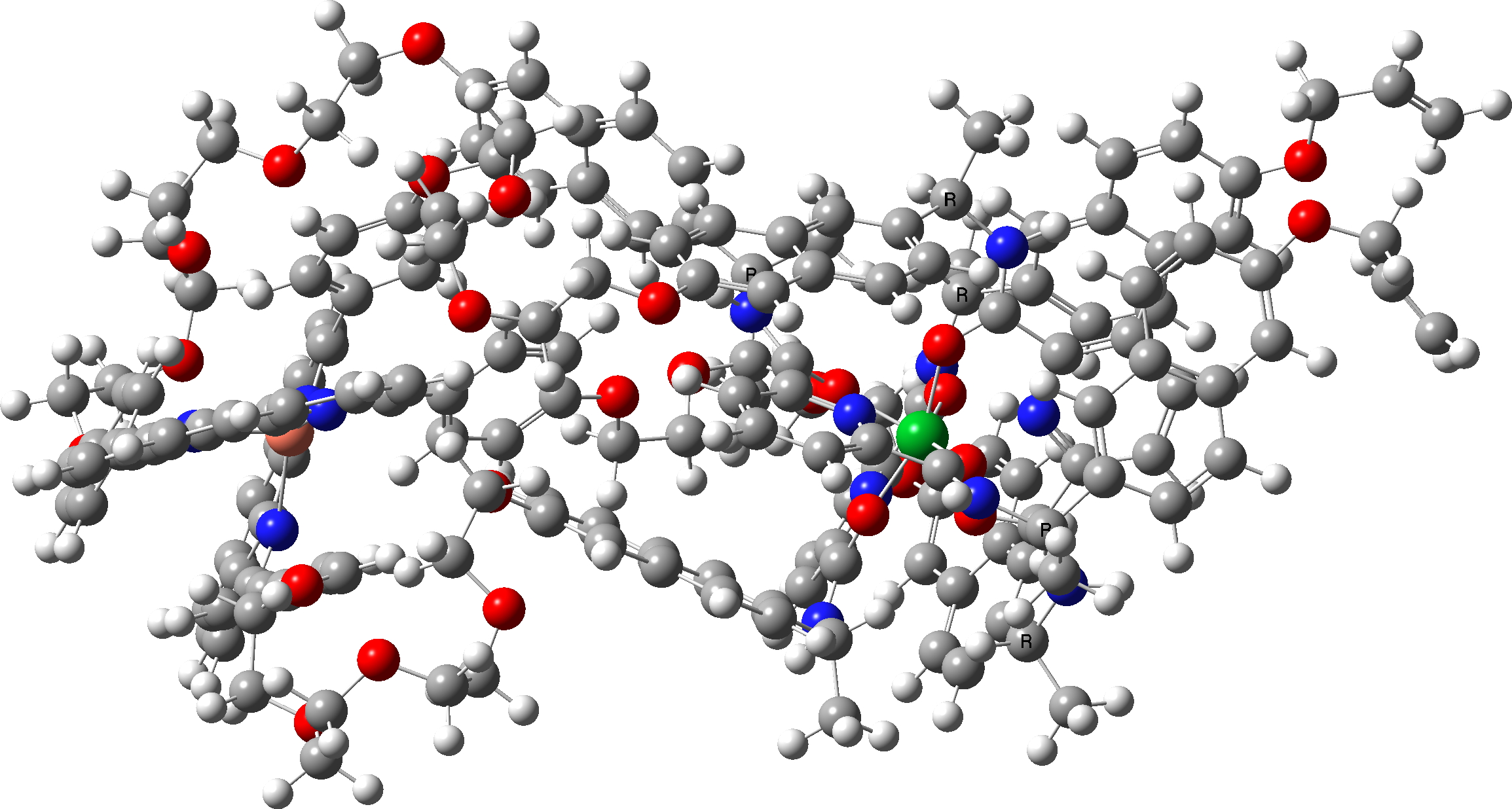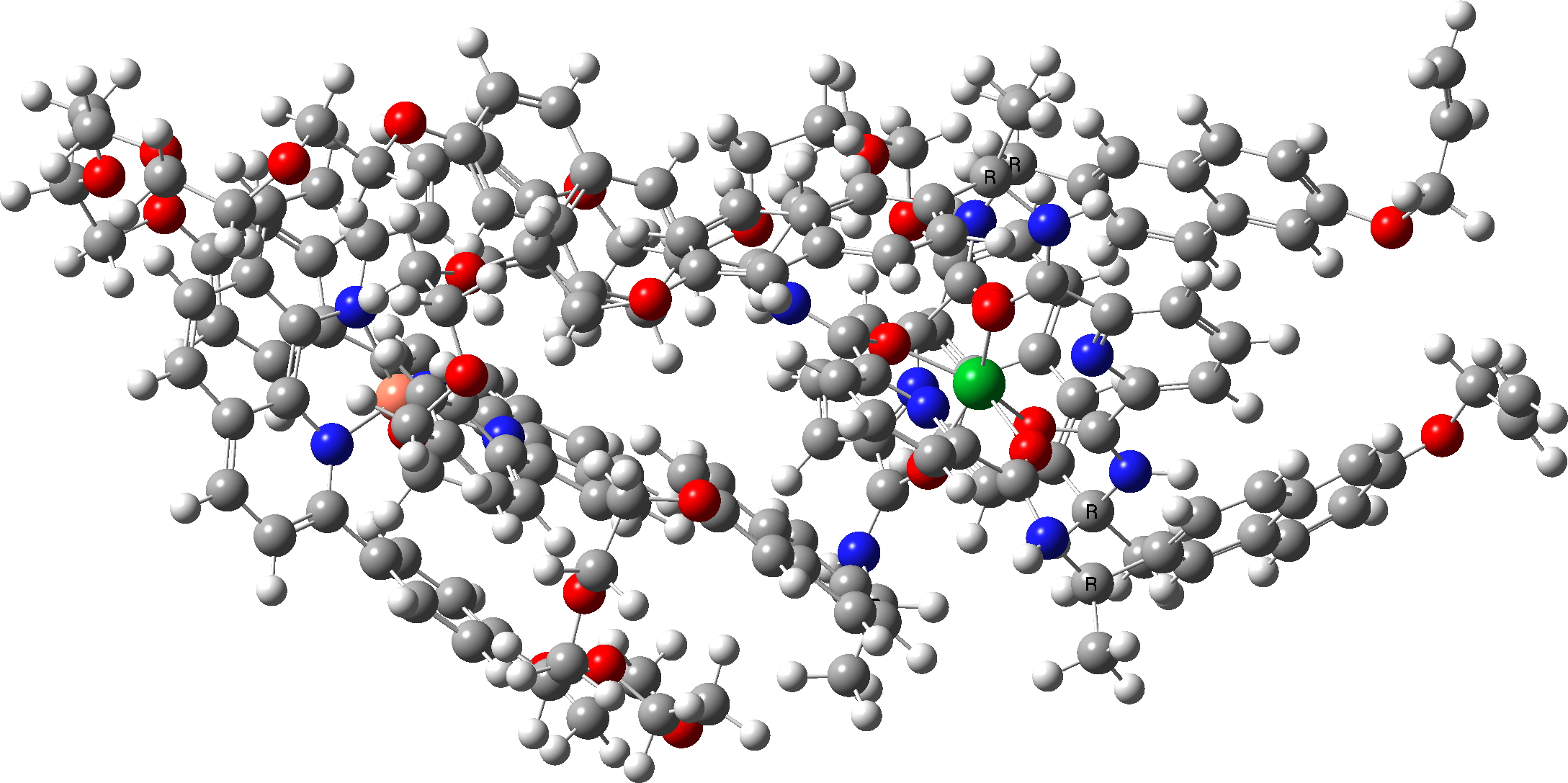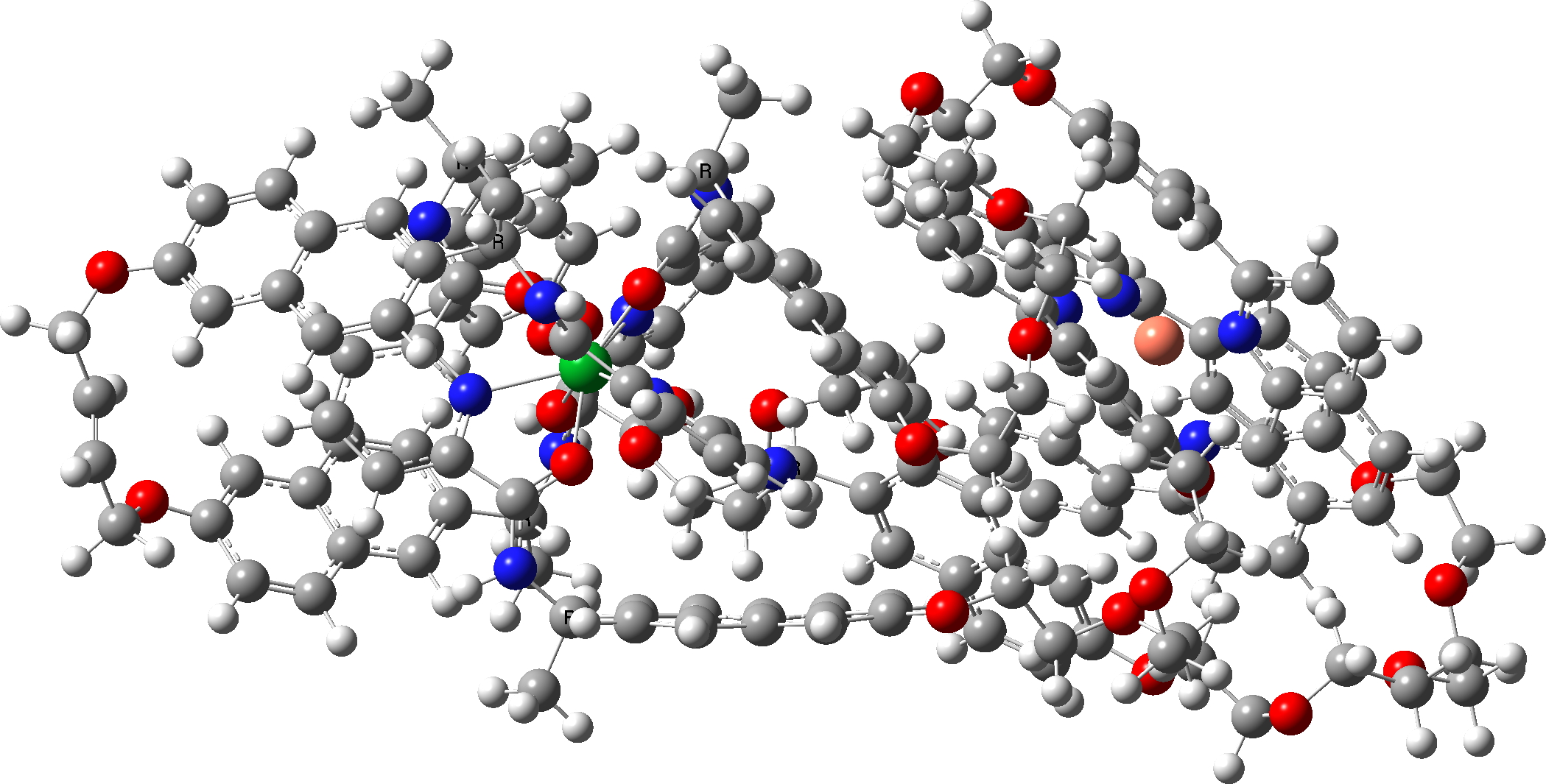The title derives from an article[1] which was shortlisted for the annual c&en molecule of the year 2020 awards (and which I occasionally cover here). In fact this year’s overall theme is certainly large molecules, the one exception being a smaller molecule with a quadruple bond to boron, a theme I have already covered here.
To illustrate a main theme of many of these award-winning molecules, I often look to showing either a computed property (such as each of the localised orbitals for the quadruple bond to boron) or the actual 3D coordinates. In this example, they were there in the supporting information and are presented here as rotatable 3D models without any further transformation. The authors of the article encourage the reader to spot the different types of knot that can be tied in the three molecules reported, but to show how difficult it can be to get a good perception of this, I illustrate the standard journal presentation of a static 2D projection of the 3D structure. It can be a nightmare to try to find the optimum such projection for larger molecules and so often they are reduced to much simpler schematics to get the message across. Well, below you can see three (unoptimized) projections, but you can covert them to 3D form by clicking on the scheme and then select your own projection.

(52)-1-CuLu

(52)-L1-CuLu

(52)-1-CuLu
Synthesized molecules with knots and the like have been around since about 1967, but they have certainly come on a pace since then. It would be interesting to see if any have properties unique to knots that have seen spectacular uses!
References
- D.A. Leigh, F. Schaufelberger, L. Pirvu, J.H. Stenlid, D.P. August, and J. Segard, "Tying different knots in a molecular strand", Nature, vol. 584, pp. 562-568, 2020. https://doi.org/10.1038/s41586-020-2614-0